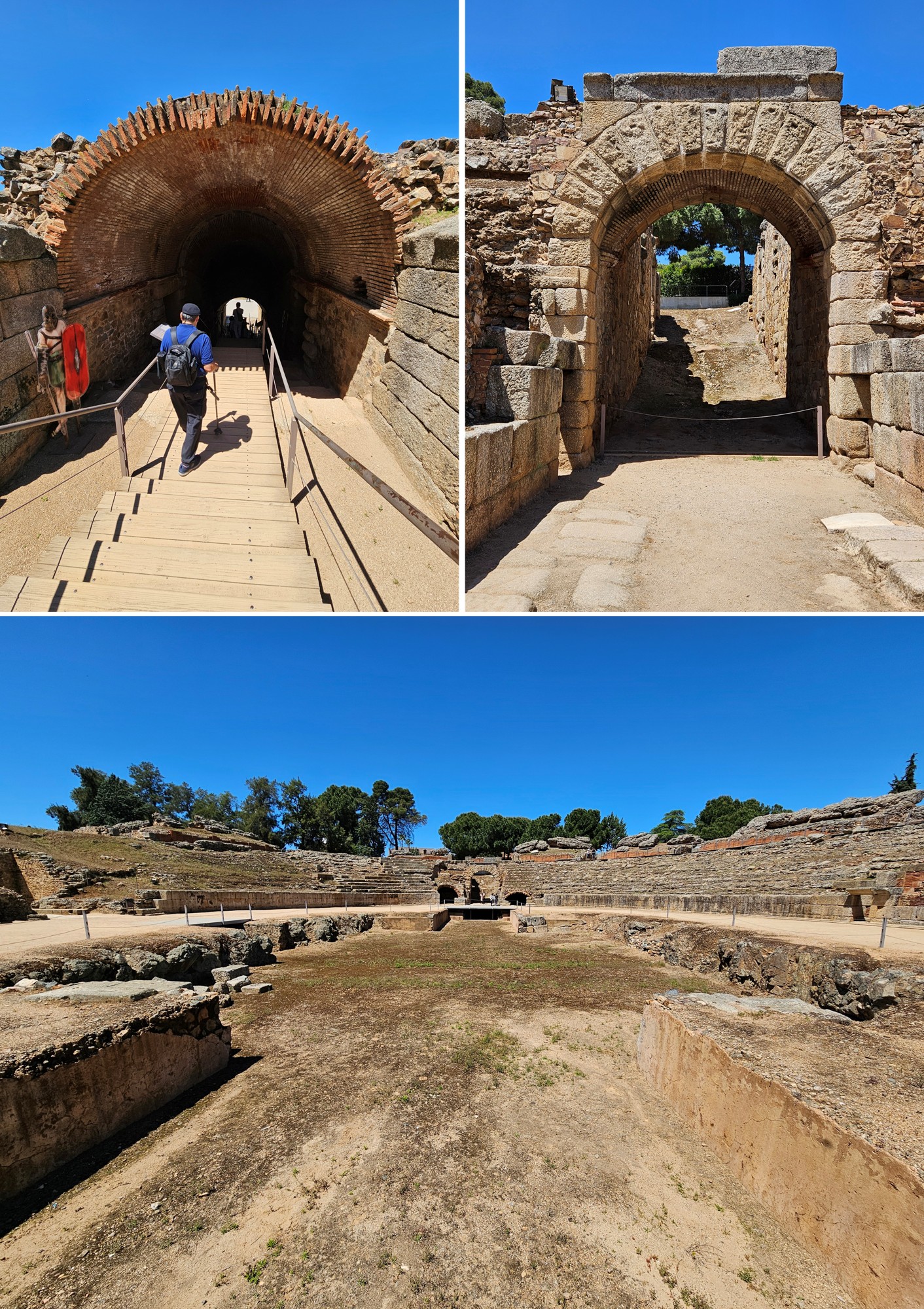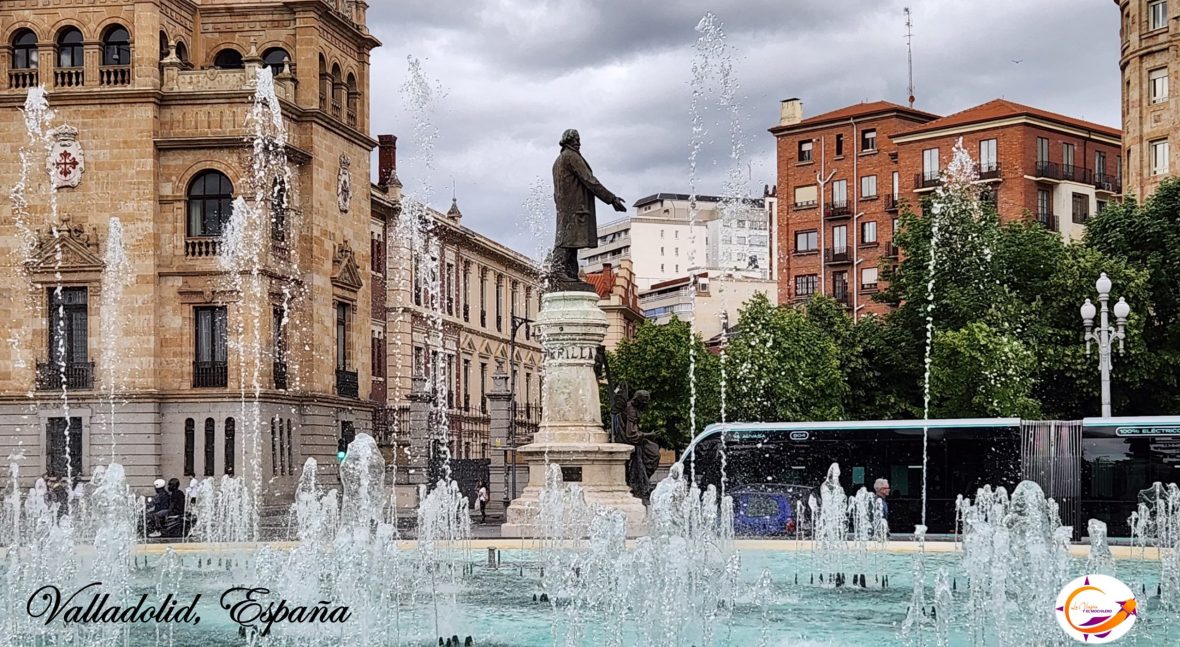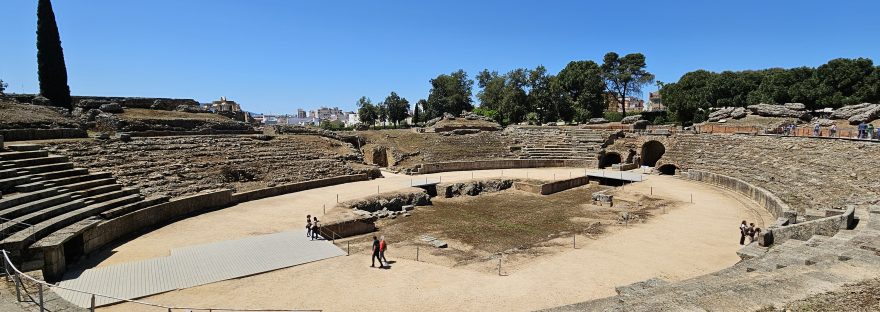The construction of the Roman Amphitheater was planned together with that of the Roman Theater in what was then known as the colony of Augusta Emerita, a Roman city founded in 25 B.C. by order of Emperor Augustus and what we now know as Mérida, Spain. Although they were built at different times, both the Amphitheater and the Theater were designed to complement Roman entertainment. The main difference between the two lies in their shape: the amphitheater is oval, while the theater is a semicircle. Both structures allow us to better understand the lifestyle and public spectacles enjoyed by Roman society in ancient times.
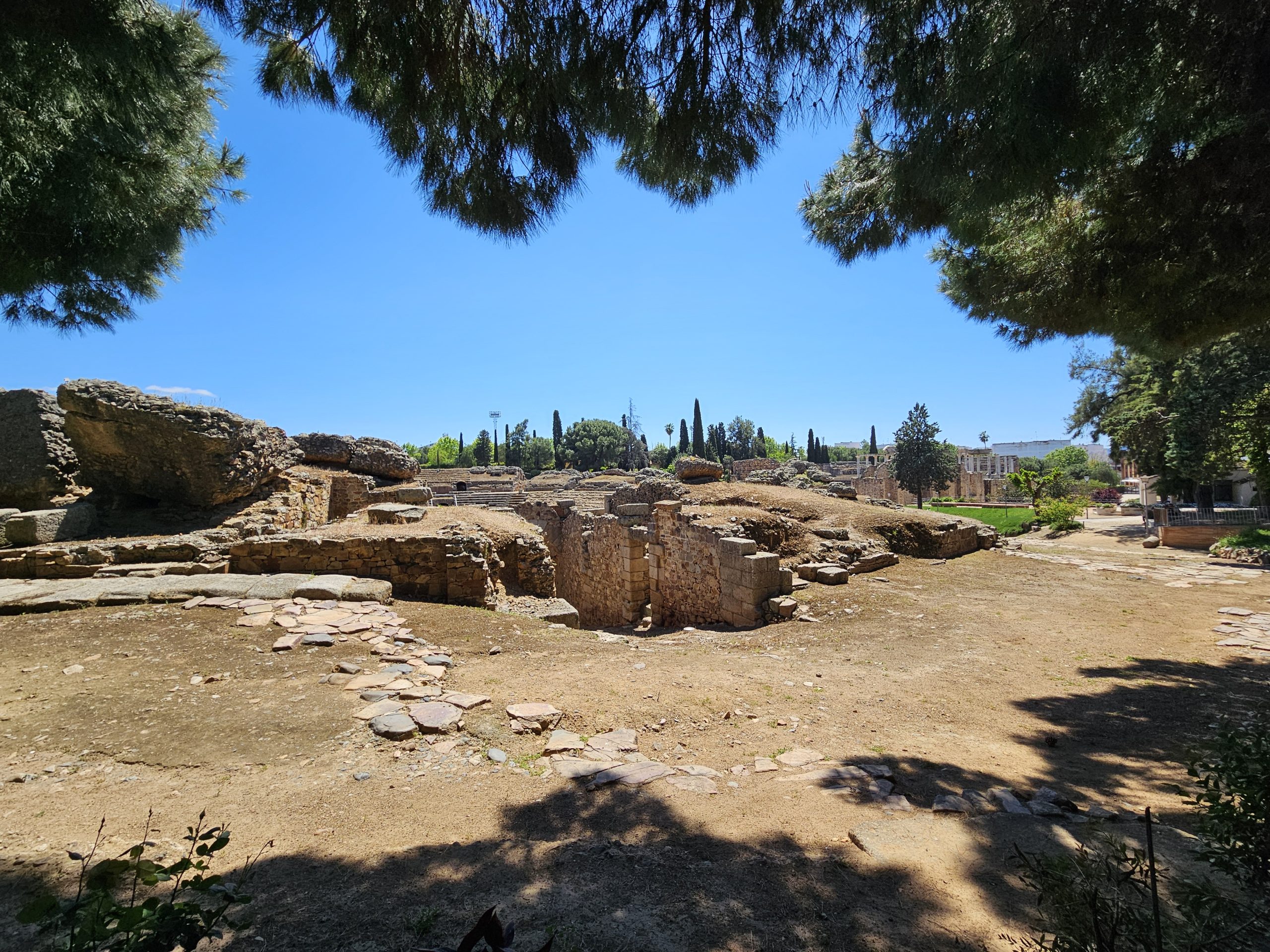
Our tour began with the Roman Amphitheater, which is part of the Archaeological Ensemble of Mérida, declared a UNESCO World Heritage Site in 1993. It is one of the best-preserved Roman amphitheaters in Spain and is considered one of the most important monuments of the archaeological complex of ancient Emerita Augusta.
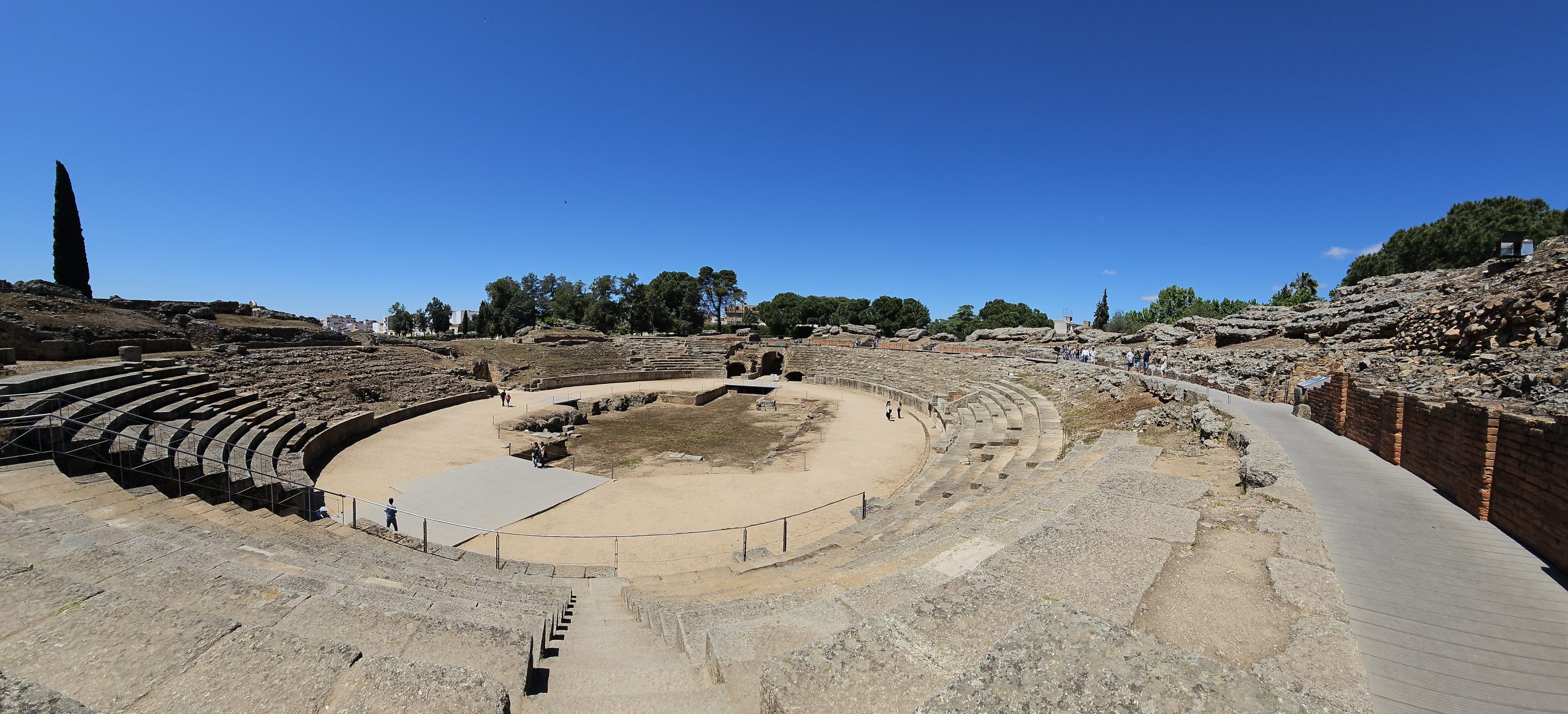
The Roman Amphitheater of Mérida was built around 8 B.C. to host violent spectacles that were very popular at the time. Events included gladiator fights, wild beast hunts (venationes), and combats between men and animals, as well as public executions. As a curious detail, classical texts describe how gladiators would entrust themselves to Nemesis—the Greek goddess symbolizing vengeance, but also justice and fortune—before entering combat, praying in Latin: “To Nemesis, so that I may leave with the same feet with which I entered.”
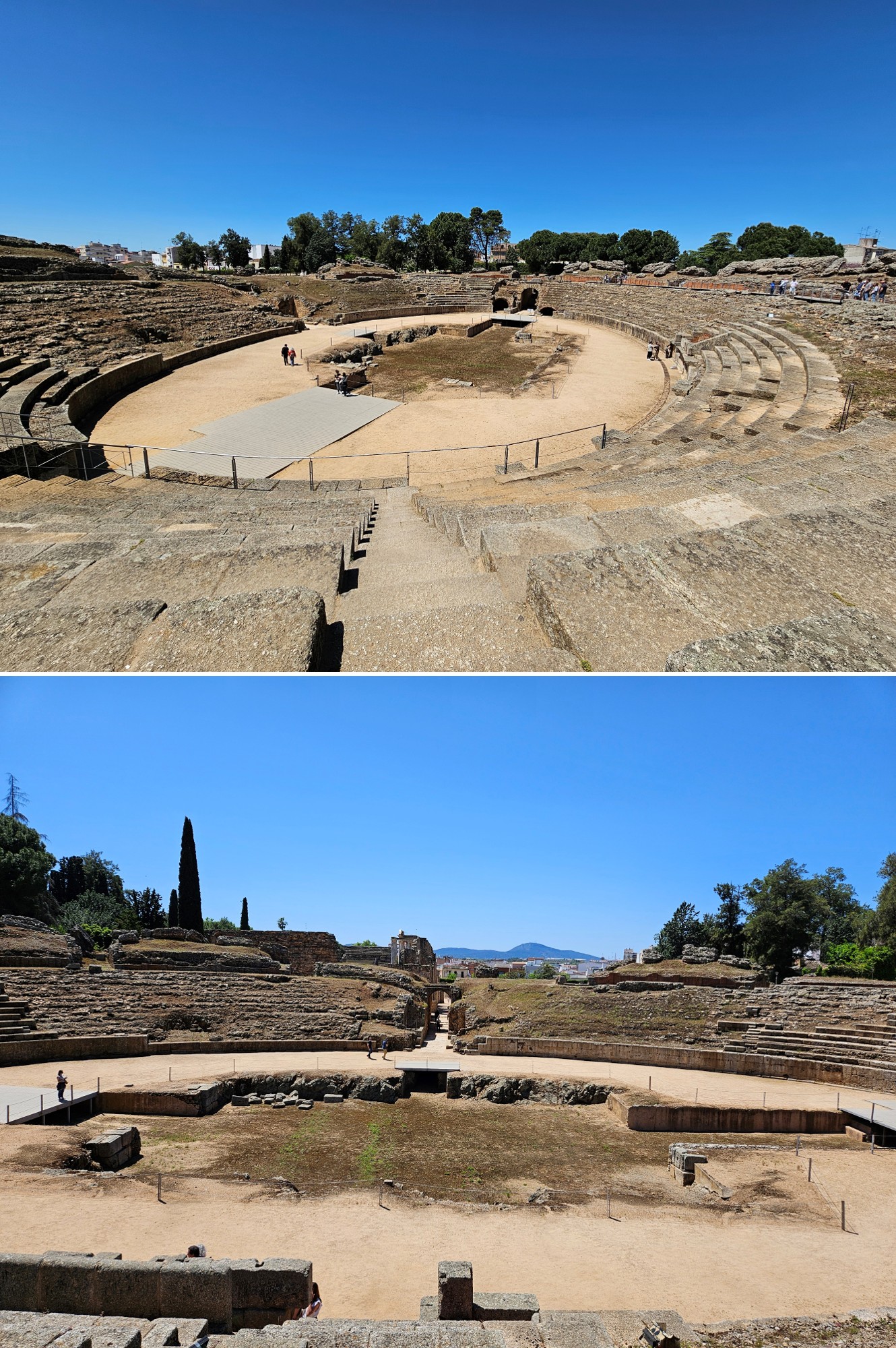
The estimated seating capacity of the Roman Amphitheater of Mérida was about fifteen thousand spectators. Its elliptical floor plan has a main axis of 126 m (413 ft) and a minor axis of 102 m (334 ft), while the arena itself measures 64 m (210 ft) by 41 m (134 ft). The central arena area is surrounded by stands and features a large pit. In this pit stood the wooden pillars that supported platforms, under which not only wild beasts were kept, but also the machinery necessary for staging these complex spectacles.
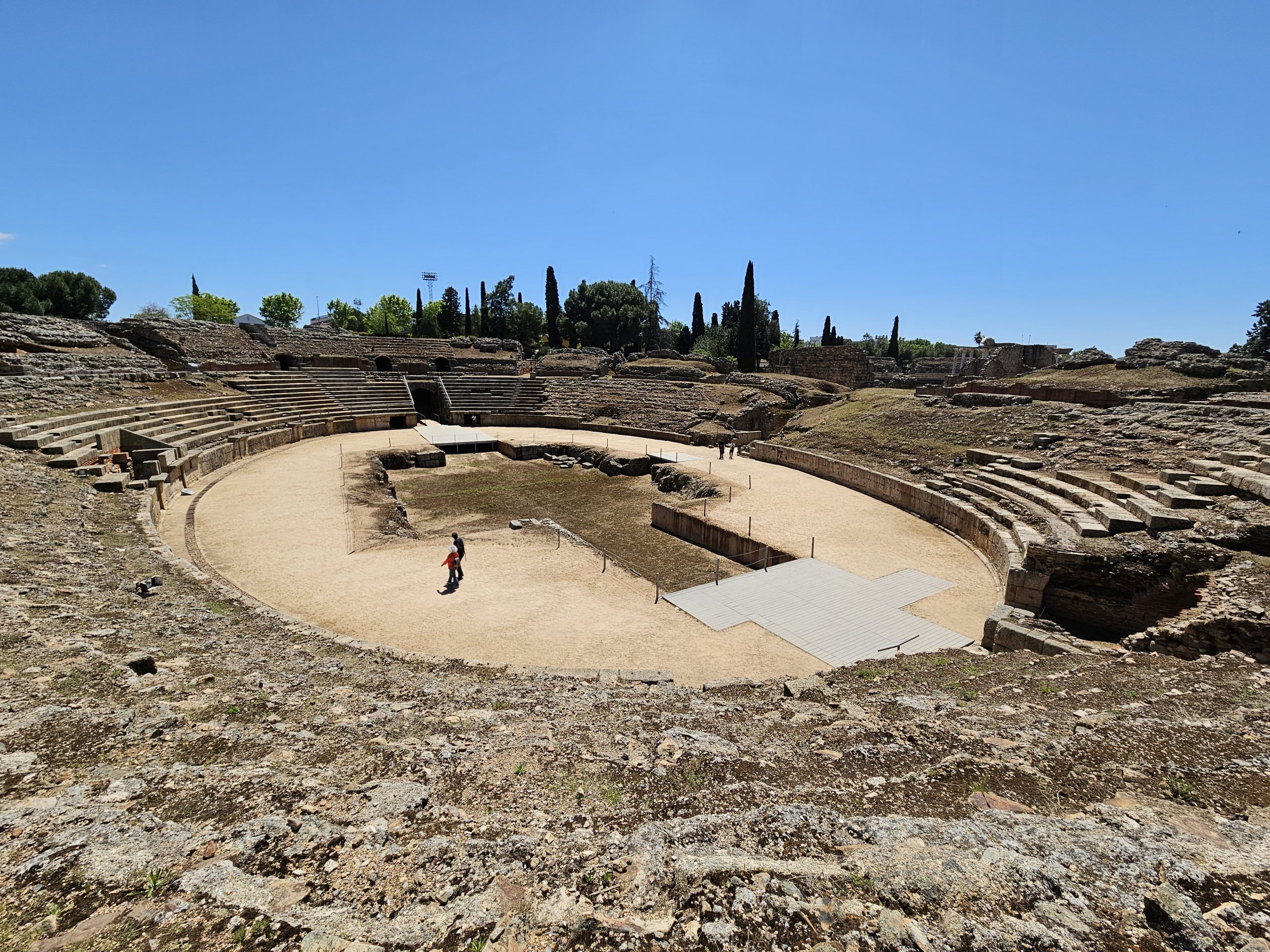
The amphitheater had three main entrances: two for the public and one monumental gate for gladiator processions. The seating area, divided into three sectors (ima, media, and summa cavea), was built partly into the same hill as the Roman Theater. After its abandonment, linked to the official establishment of Christianity in the 4th century A.D., much of its structure was gradually buried, while the sections left exposed—especially the summa cavea—suffered material theft to be reused in other constructions.

As mentioned earlier, the Roman Amphitheater is located right next to the Roman Theater of Mérida, forming a major cultural complex in Roman Hispania. Today, it is an archaeological site open to the public, where visitors can walk through parts of the stands, passageways, and central arena. Moreover, its visit is included in the tour of the National Museum of Roman Art in Mérida.
